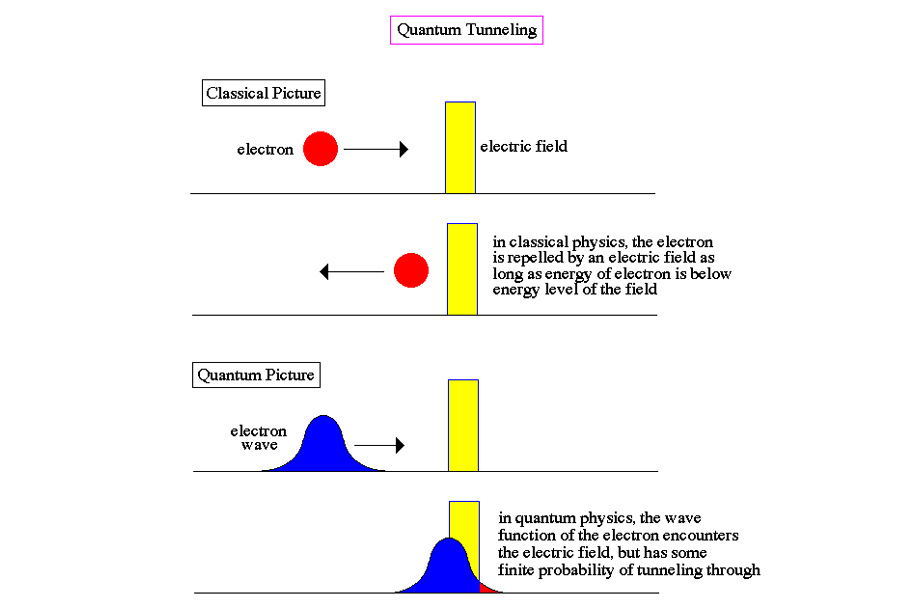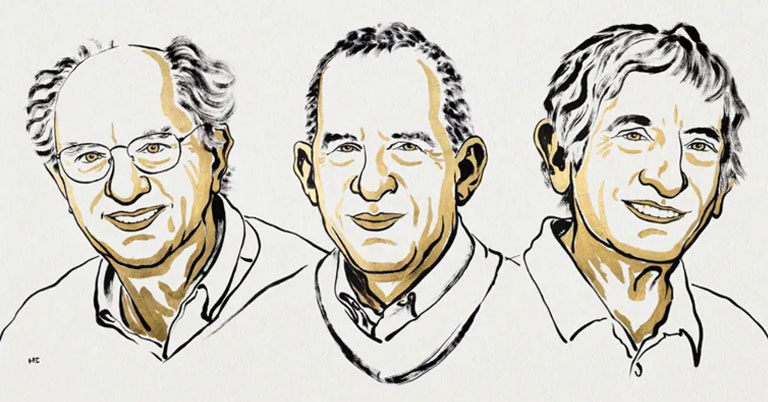No headings found
The quantum world is mysterious, perhaps so bizarre, it remains counterintuitive to us humans who demand consistency in everything we seek. It even made the likes of Einstein suspicious when he once claimed, "God doesn't play dice" after being told that the quantum world is random and probabilistic. Yet this strange realm has proven real, and now three scientists have won the 2025 Nobel Prize in Physics for showing that quantum effects can appear in large circuits and are not just limited to the quantum regime.
The Royal Swedish Academy of Sciences awarded the prize to John Clarke of the University of California, Berkeley, Michel H. Devoret of Yale University, and John M. Martinis of the University of California, Santa Barbara. The trio received the honor "for the discovery of macroscopic quantum mechanical tunnelling and energy quantisation in an electric circuit."
Nobel Prize in Physics 2025 Overview
What did they discover?

- Also, read
- Nobel Prize in Physics for 2024 was awarded to two computer scientists and people are confused
- UFS 5.0 announced with almost twice as fast data speeds!
The Breakthrough experiments
In superconductors, electrons pair up and move in synchrony. This means the countless electrons in the circuit behaved like a single giant particle filling the entire system. The researchers found that this macroscopic "particle" could tunnel through the Josephson junction, causing a voltage to appear across the barrier. They measured how long this took and confirmed that it followed the same probability rules as radioactive decay.
Second, the team exposed their circuit to microwave radiation similar to Wi-Fi signals. They discovered that the circuit absorbed and emitted only specific amounts of energy (which is behavior typically seen only in atoms and molecules). Their circuit, with its quantized energy levels, worked like an “artificial atom”: something you could physically manipulate, yet still quantum at its core.
No Active Polls
There are currently no polls available. Check back later for new polls to participate in!
The Impact of Technology
Since its discovery, it has opened new paths for quantum technology. Superconducting circuits became a leading platform for building quantum computers. Each quantum bit, or qubit, in these machines is an artificial atom, which essentially contains one or more Josephson junctions. Researchers can thus prepare, manipulate, and measure its quantum state with precision. The experiments also laid the groundwork for quantum cryptography and quantum sensors. Alongside the grand prize, the three scientists will also share the 11 million Swedish kronor prize (approximately £871,400).






